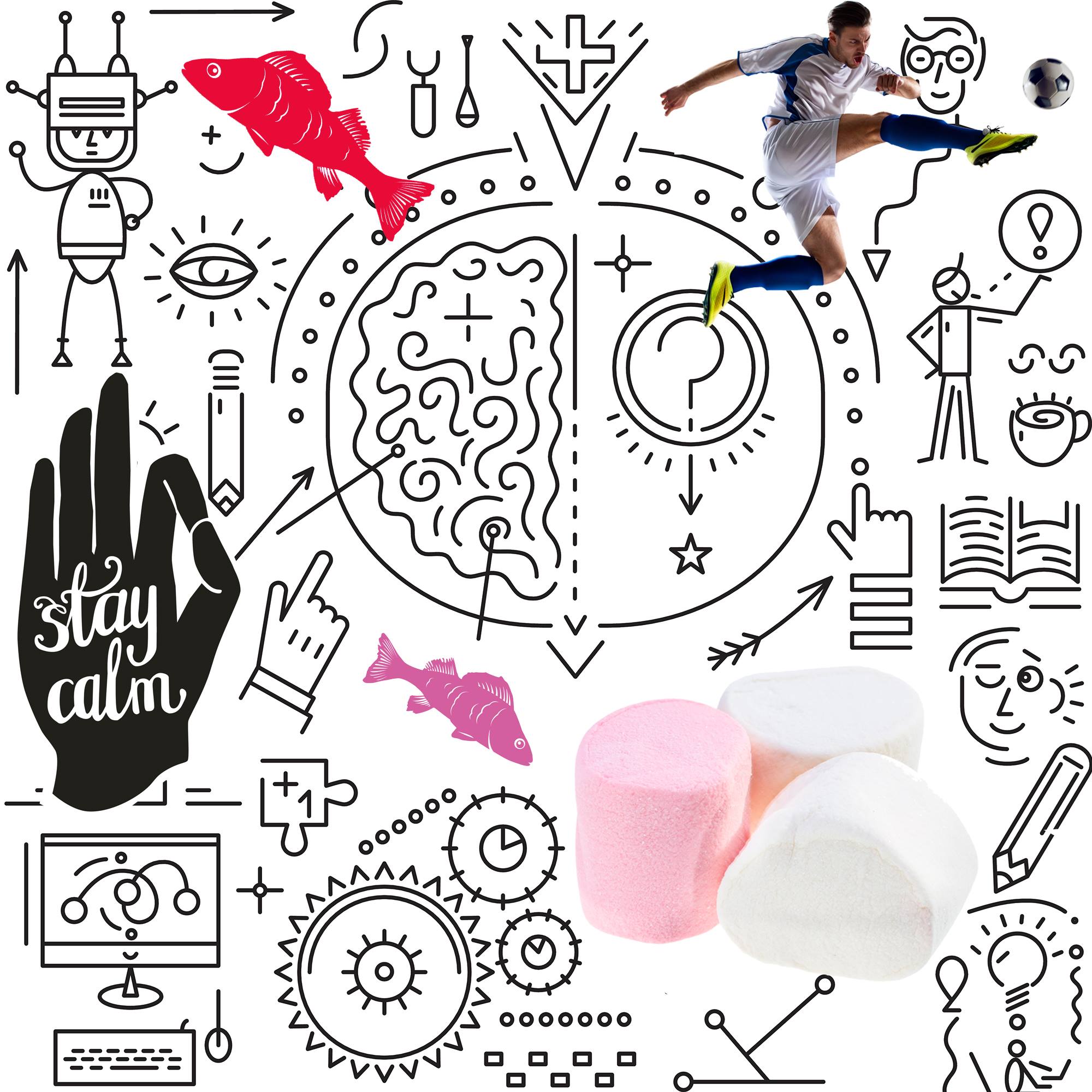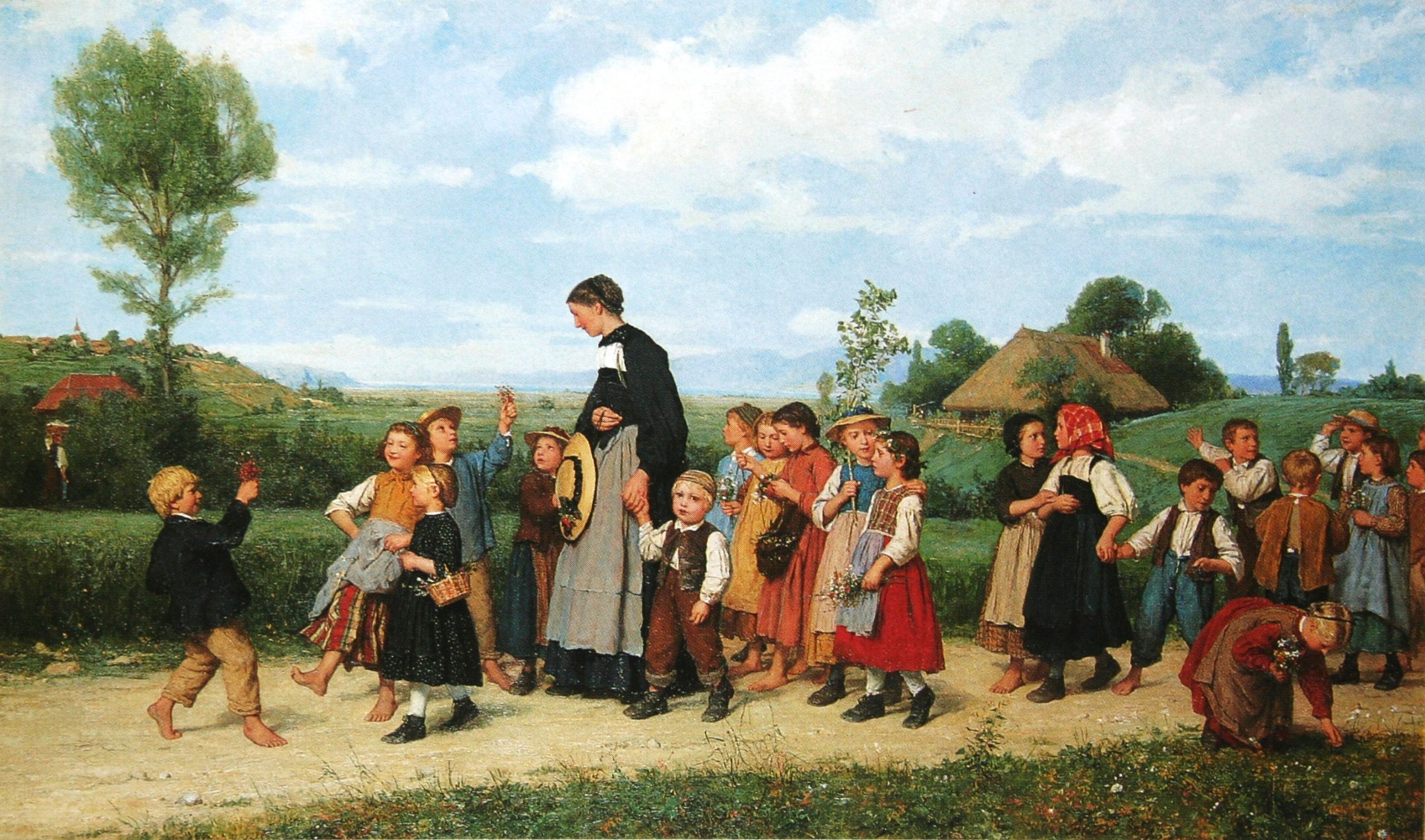An overview of public commenting opportunities on proposed standards for sports and recreation equipment and athletic facilities. Send email to bella@standardsmichigan.com for access to the agenda.
Archives
- Home
- Event Page 181

FinTech
Today we pick through the prospectuses of one or two tax-free bond referenda. We also review public consultations by ANSI-accredited and finance industry consortia involved in the cost of building and running to real (estate) assets of US education communities.
Leviathan
Today we walk-through of ANSI-accredited consensus, open-source and consortia consensus products incorporated by reference into federal regulations of the real assets of the US education industry. Send a request to bella@standardsmichigan.com for an advance agenda.
Schenkingen
University endowments are comprised of money or other financial assets that are donated to academic institutions. Charitable donations are the primary source of funds for endowments. Endowment funds support the teaching, research, and public service missions of colleges and universities. In the case of endowment funds for academic institutions, the income generated is intended to finance a portion of the operating or capital requirements of the institution. Today we will pick through few reports where safety and sustainability claims are listed and described.
Human Resources
Monthly walk-through of consensus products developed for labor markets generally; and units within the education facility industry specifically. We inform our discussion based upon today’s release on the Employment Situation Summary from the US Bureau of Labor Statistics.
For an advance agenda send a request to bella@stanardsmichigan.com. Use the credentials at the upper right of our home page to log in.
Lively
A walk through the status of best practice literature that sets the standard of care for safety and sustainability in the education facilities built for the performance arts.
Readings: The Seven Lively Arts (1924) Glibert Seldes (Oxford Academic review)
Intellectual Property
Innovation – Standardization – Commoditization run along a continuum. Today we unpack some of the ideas that hasten (and prohibit) leading practice discovery; how quickly goods and services become a “human right”; why all of this is relevant to education communities and why some believe that commoditization is a myth.
From the Wikipedia
In business literature, commoditization is defined as the process by which goods that have economic value and are distinguishable in terms of attributes (uniqueness or brand) end up becoming simple commodities in the eyes of the market or consumers. It is the movement of a market from differentiated to undifferentiated price competition and from monopolistic competition to perfect competition. Hence, the key effect of commoditization is that the pricing power of the manufacturer or brand owner is weakened: when products become more similar from a buyer’s point of view, they will tend to buy the cheapest.
Why High-Tech Commoditization Is Accelerating https://t.co/QzTPARLtnp via @mitsmr @IEEECampus @IEEESA
— Standards Michigan (@StandardsMich) October 20, 2020
New update alert! The 2022 update to the Trademark Assignment Dataset is now available online. Find 1.29 million trademark assignments, involving 2.28 million unique trademark properties issued by the USPTO between March 1952 and January 2023: https://t.co/njrDAbSpwB pic.twitter.com/GkAXrHoQ9T
— USPTO (@uspto) July 13, 2023
Standards Michigan Group, LLC
2723 South State Street | Suite 150
Ann Arbor, MI 48104 USA
888-746-3670
















